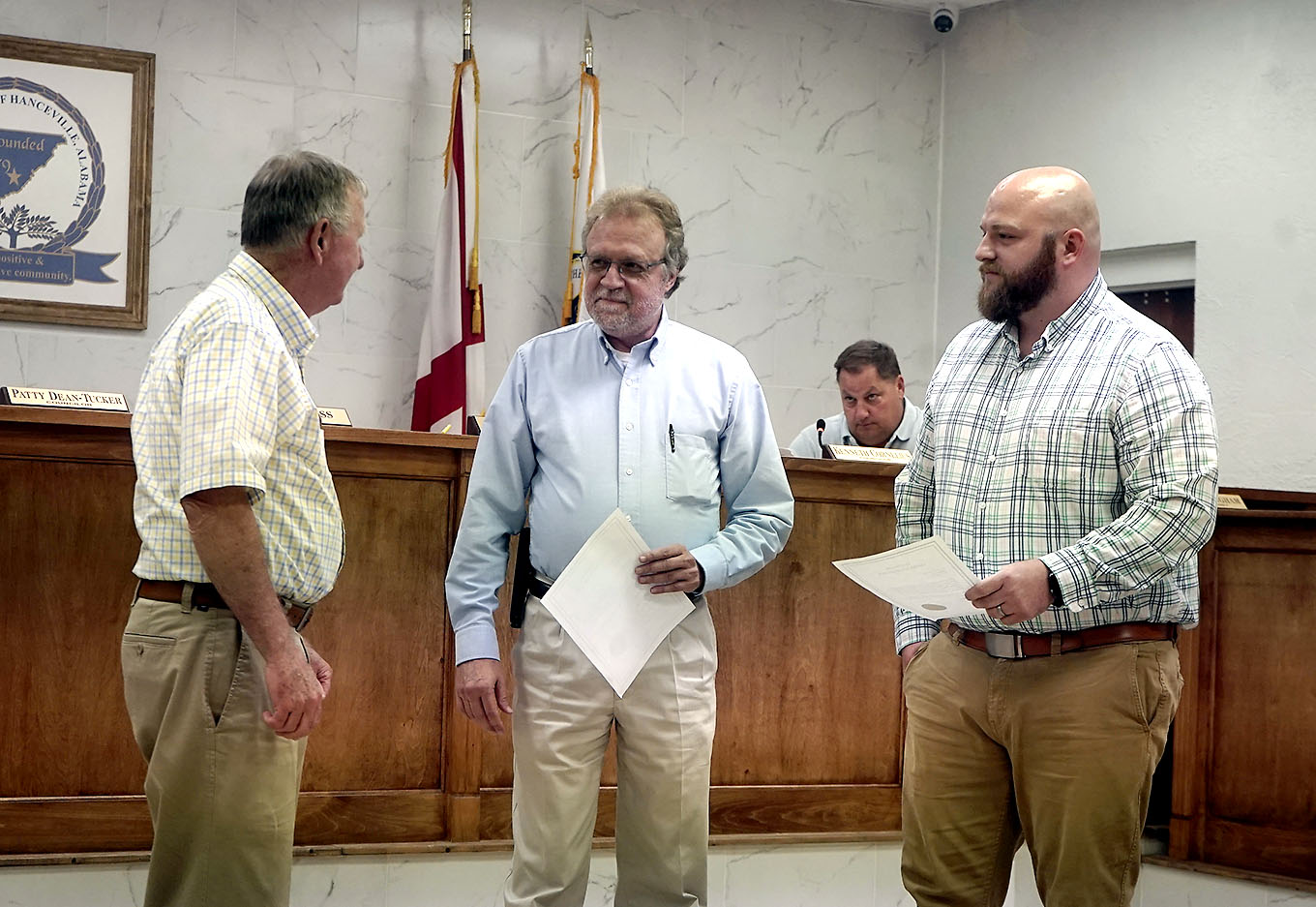New lawsuit seeks physical damages from 3M
Published 9:16 pm Thursday, January 4, 2024
More than a year since 3M and Daiken America agreed to a nearly $40 million settlement for hazardous chemicals found in several North Alabama water supplies, a new lawsuit filed in Morgan County is now seeking physical damages for those effected by the “forever chemicals.”
In 2022, the two companies agreed to pay a collective $39 million to the West Morgan-East Lawrence Water and Sewer Authority — which was dispersed amongst North Alabama residents — for toxic levels of perfluorinated compounds (PFOAs) found in the Tennessee River when it was tested by the EPA in 2016.
3M and Daiken also agreed to a collective $12 million settlement to resolve claims from customers who received drinking water which originated from WMEL between Oct. 5, 2013 and Sept. 26, 2016.
Trending
WMEL primarily provides drinking water to local utility providers in Limestone and Morgan counties, but is also one of two sources of water for the Vinemont Anon West Point water system.
The VAW serves more than 4,300 customers in the Vinemont, Addison, Battleground, Falkville and Lacon areas.
Used for its non-stick and water resistant properties, PFOA’s can typically be found in a wide range of household products such as Scotchguard and waterproof clothing. But that resistance to degradation mean the chemicals accumulate and remain in the environment and within the human body.
Unlike the most recent lawsuit, previous class action cases have not sought compensation for bodily injuries because, until recently, the exact nature of PFOA’s effect on humans remained unknown.
The EPA the World Health Organization’s International Agency for Research on Cancer and the American Cancer Society have all since concluded that exposure to PFOAs was linked to liver, breast, prostate, bladder and pancreatic cancer.
The EPA stated it “has determined that PFOA and PFOS are likely to cause cancer and that there is no dose below which either chemical is considered safe.”
Trending
Five of the plaintiffs listed in the new lawsuit have received a diagnosis for either pancreatic or kidney cancers which they claim is a direct result of unknowingly drinking water which contained high levels of PFOAS. A sixth plaintiff is filing a wrongful death claim for her husband, Terry Cowart, who died as a result of pancreatic cancer. They claim 3M knew of the dangers associated with these chemicals as early as the 1970s, but did nothing to prevent its leakage into the Tennessee River.
In a 1983 internal report — mentioned in the lawsuit and obtained by The Times — 3M acknowledged “in the case of fluorochemicals, structural considerations and test results to date give rise to concern for environmental safety,” and “give rise to questions about the persistence, accumulation potential, and ecotoxicity of fluorochemicals in the environment.”
Another 1983 3M report, verified by The Times, shows PFOAs were present in effluent wastewater at 10.9 parts per million. Last year, the EPA proposed setting an enforceable maximum level for PFOAs in drinking water at four parts per trillion, which it anticipated would “reduce tens of thousands of PFOA-attributable illnesses and deaths.”
Despite being required by the Toxic Substances Control Act to conduct more than 1,000 studies on the potential effects of PFOAs and related products on human health and the environment between the 1970’s and 1990’s, 3M chose to only disclose 84 to the EPA which resulted in a $1.5 million fine in 2006.
On the team of attorneys representing the plaintiffs, Hunter Garnett, said, there is a bit of a personal connection to the case.
“I grew up drinking water from WMEL. I played little league baseball with Terry Cowart’s son for years. Mr. Cowart was one of the fathers who assisted with our little league practices. I’m honored to be representing folks from my community who were negatively affected by the conduct of these defendants,” Garnett said in a press release announcing the suit.
Garnett said the legal team has also been obtained by roughly a dozen more complainants in North Alabama and have plans to file a second, similar suit sometime within the first quarter of 2024 and encouraged those who feel as though they may have been affected by PFOAs to visit his website.
Attempts made by The Times to contact representatives from 3M were unsuccessful as of presstime.





